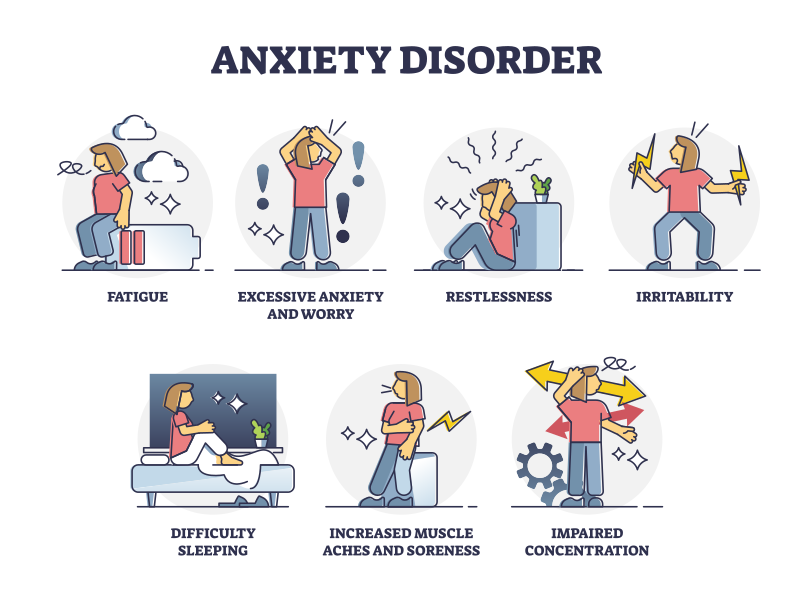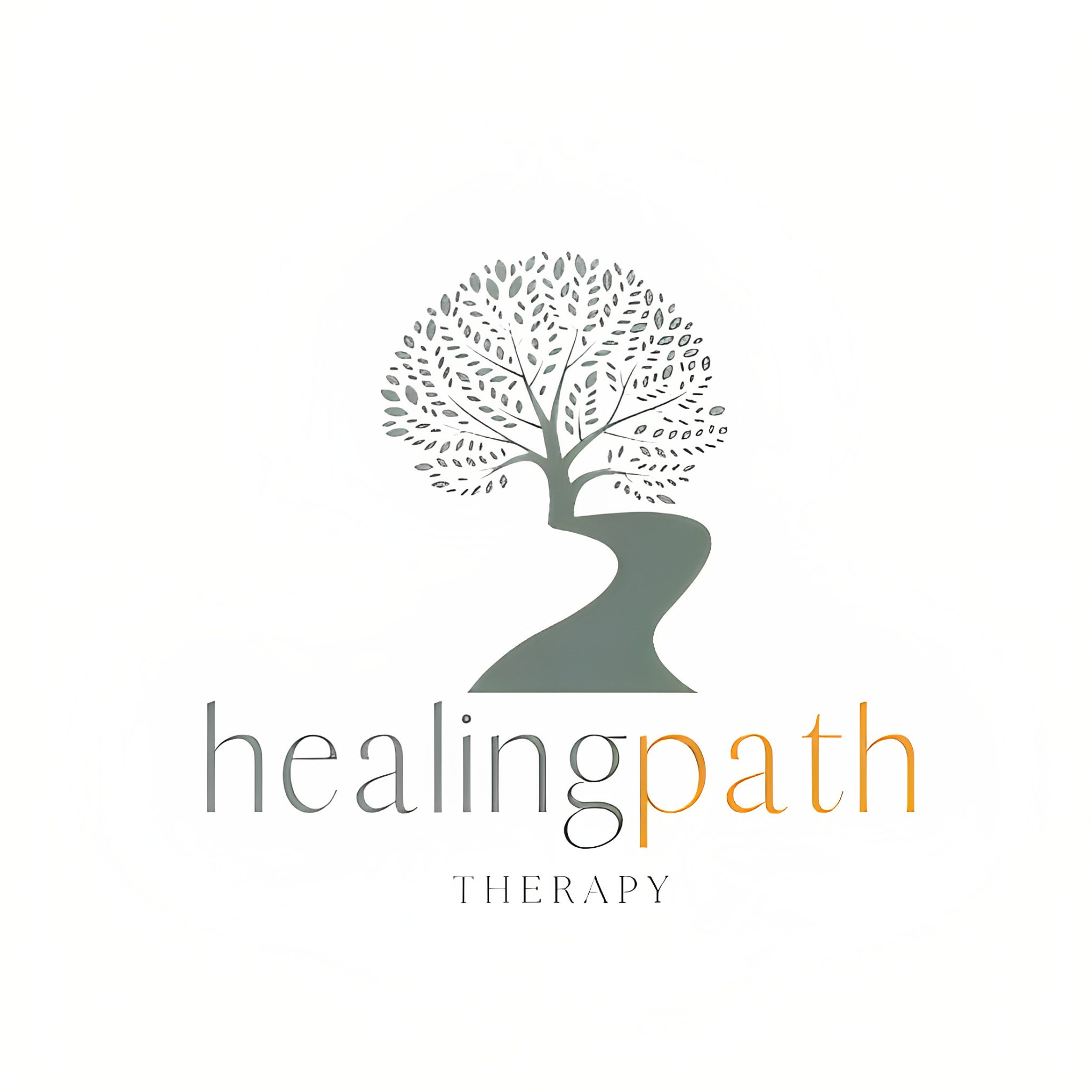Do you often feel anxious, overwhelmed, or irritable? Is stress getting in the way of your professional success or your relationships? Does the fear of leaving your house or meeting new people make you feel lonely or isolated? Do you have difficulty sleeping or staying focused? Anxiety can interfere with your ability to succeed, sabotage your romantic or family relationships, and keep you off balance.
Key points
- Anxiety is highly treatable.
- Many clients are able to reduce symptoms and live a more balanced, focused life.
- You can start applying practical coping tools after just a few sessions.
Anxiety Comes in Many Sizes and Shapes
Different people experience anxiety in different ways. Each of us brings a unique set of variables to the table (including past trauma, genetic tendencies, and childhood experiences). The factors and experiences that power trauma are different for all of us. At Healing Path Therapy, you can expect trauma-informed therapy that is tailored to addressing your experiences.

It Can Be Difficult To Heal From Anxiety Without Help
Healthy anxiety is a natural response to stress and danger. When we perceive a threat, our bodies release hormones that help us prepare to fight or flee. This can be helpful in situations where we are truly in danger, such as when a speeding car is coming down the street and we need to move fast. If we experience stress over extended periods, our healthy short-term response can become a problematic long-term challenge.
When we have difficulty with anxiety, our brains can overreact to events that are not actually dangerous. For example, we might feel anxious about missing a plane or meeting a deadline at work, even though these are things that we can usually handle. When this happens, we can get stuck in a cycle of anxiety that can be difficult to break without help.
Practical Tools and Coping Skills
In many cases, anxiety responds well to treatment. At Healing Path Therapy, we can draw from an array of evidence-based tools that have been shown to be effective.
CBT (Cognitive Behavioral Therapy): Teaches alternative ways of thinking, responding, and reacting to situations in order to reduce anxiety.
DBT (Dialectical Behavior Therapy): A technique of CBT that is often used to build skills for building stronger relationships and to help develop healthy coping strategies for stress.
Exposure Therapy: Focuses on the fears underlying an anxiety condition (such as social anxiety or agoraphobia). Often, you can become desensitized to the underlying concern, and you can more fully engage in activities that you may have been avoiding. Exposure therapy is sometimes combined with mindfulness or other relaxation techniques.
Mindfulness: Often used in combination with CBT or other techniques, mindfulness is a type of meditation focusing on building awareness of feelings “in the moment” without interpretation or judgment. Mindfulness has been show to be effective in reducing anxiety and helping manage stress.

